Big cats, majestic creatures that roam diverse lands, have evolved remarkable ways to communicate and stake their claim in their habitats. Marking territory is a critical survival mechanism for these animals, enabling them to establish dominance, find mates, and avoid conflict. Through several distinct methods, big cats send clear messages to others of their kind while maintaining the balance within their ecosystems.
Why Territory Marking Matters
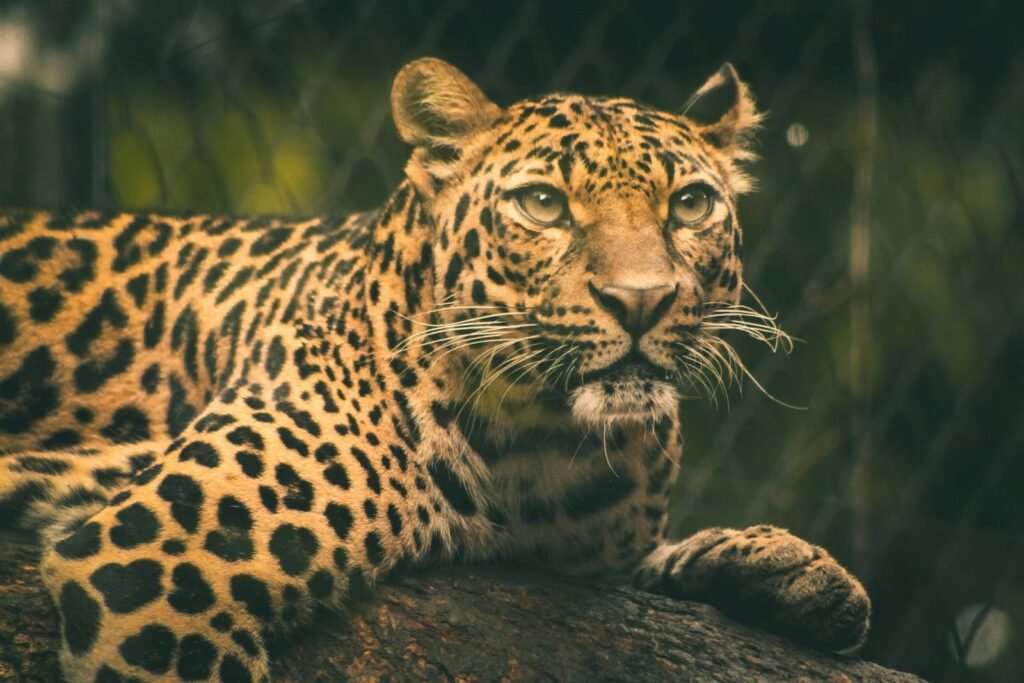
Territorial marking is crucial for big cats for several reasons. It helps in resource allocation, ensuring each cat gets its share of food and space. It also reduces physical confrontations by warning other cats of the presence of a dominant individual. This practice is vital for mating and reproductive success, as it attracts potential mates and signals a healthy territory.
Method 1: Scent Marking Through Urine
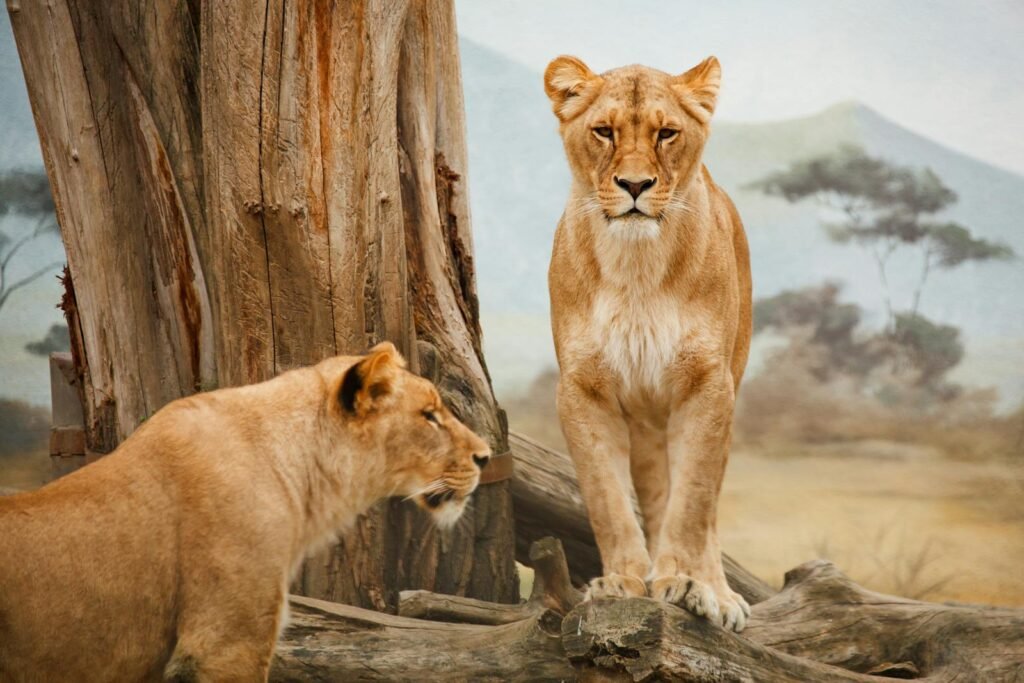
Scent marking with urine is perhaps the most widely recognized method of territory marking among big cats. When a cat sprays urine on trees, rocks, or the ground, it releases pheromones that convey information about the cat’s identity, reproductive status, and the boundaries of its territory. This method is particularly effective because the scent can last for several days, allowing a single marking to serve as a long-term signal.
Method 2: Scratching Trees
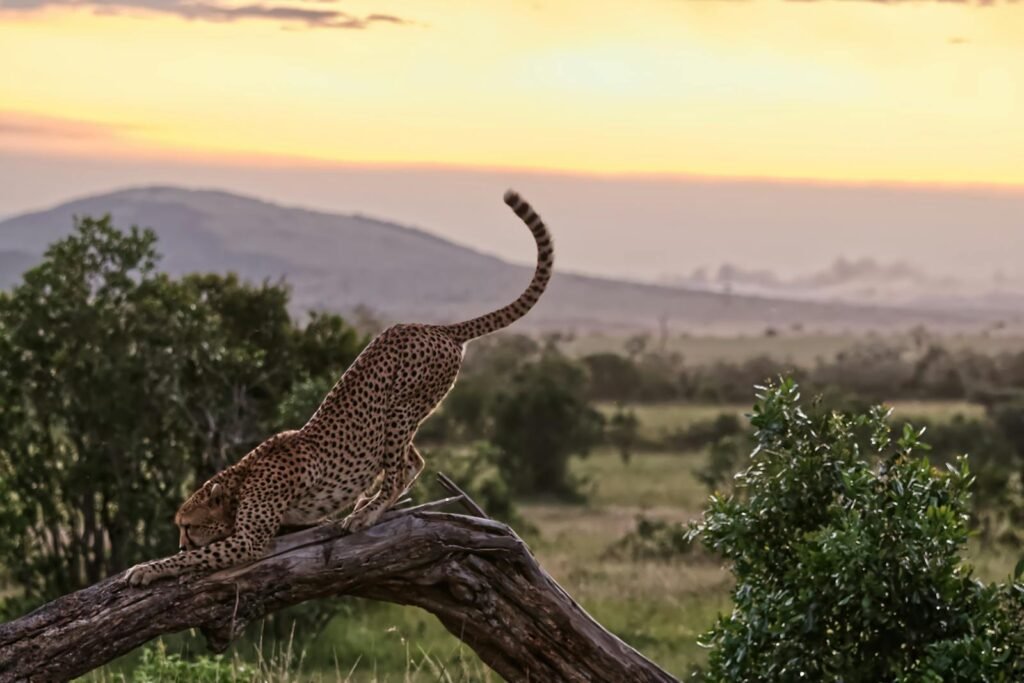
Scratching is another common way big cats mark their territory. By clawing trees, big cats leave visual marks as well as deposit scent from glands located in their paws. This dual-purpose behavior not only maintains a visible boundary line but also conveys olfactory messages that other cats can detect. Scratching helps keep the cat’s claws sharp, simultaneously serving a territorial function and a practical one.
Method 3: Rubbing Objects
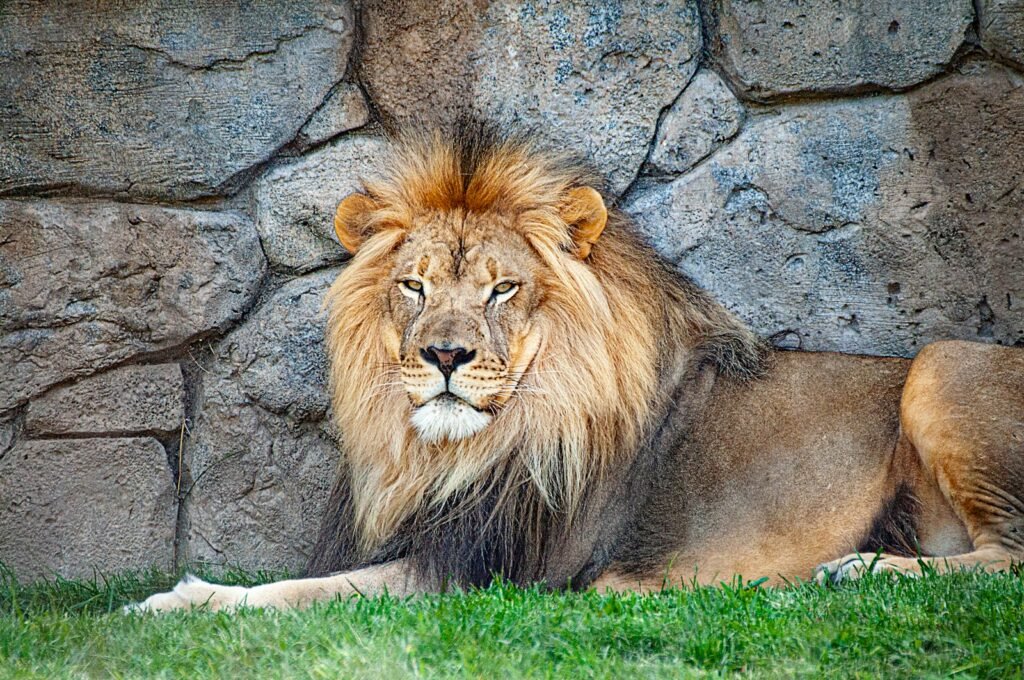
Big cats also use scent glands present on their faces to mark their territory by rubbing against objects like rocks, trees, or even the ground. This behavior deposits oils and pheromones that signal to others that an area is claimed. Face rubbing is a more subtle form of marking, often used in combination with other methods to reinforce territorial boundaries.
Method 4: Vocalizations
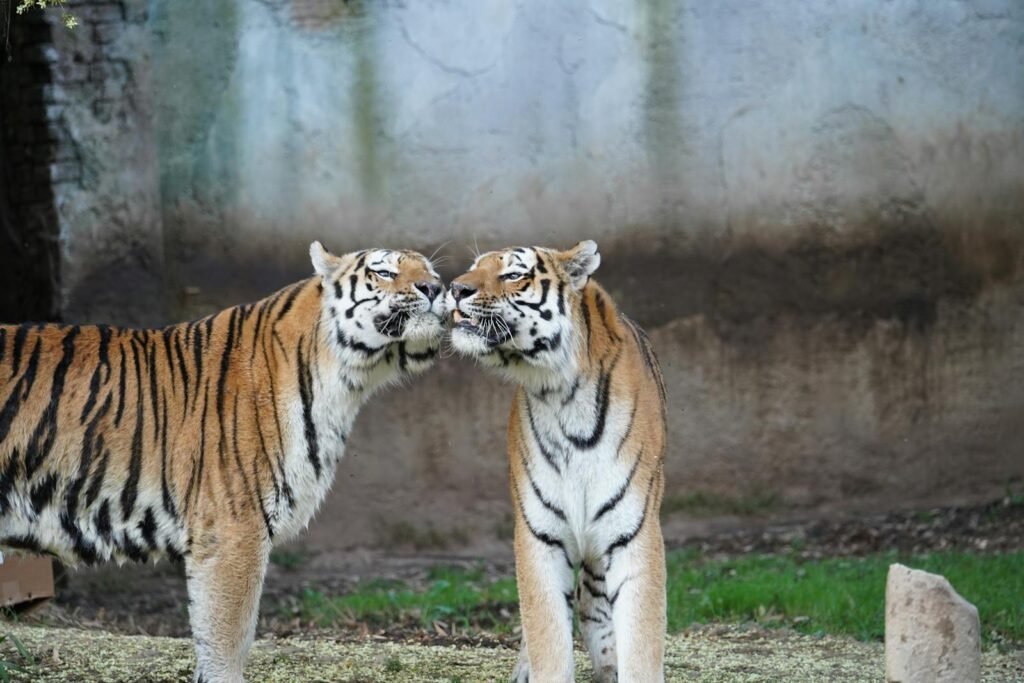
Loud roars, growls, and other vocalizations serve as auditory markers of territory for big cats. A lion’s roar, for example, can be heard from several miles away, effectively communicating a claim to territory over a vast area. These vocalizations often serve as warnings to potential intruders and can also attract mates by demonstrating the strength and health of the roaring individual.
Method 5: Defecation as a Territory Marker
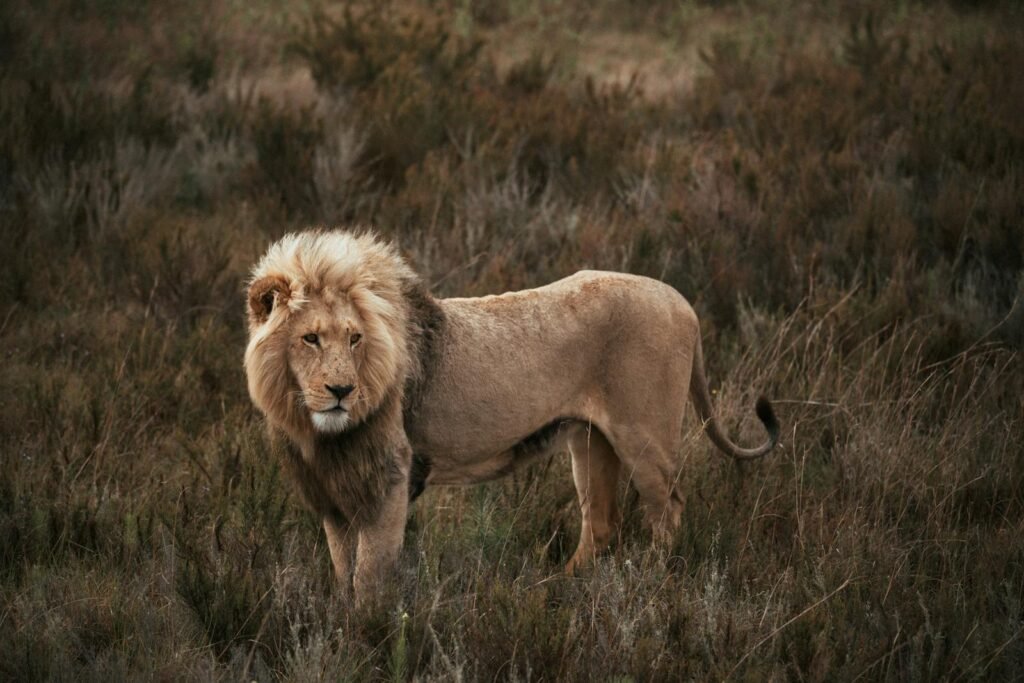
Defecation is less well-known but still a significant method of marking territory among big cats. By leaving feces in strategic locations within their range, cats can leave both visual and olfactory cues that deter other cats. This method, while not as long-lasting as scent marking, can still effectively signal that an area is occupied.
Method 6: Pats of Pressed Earth
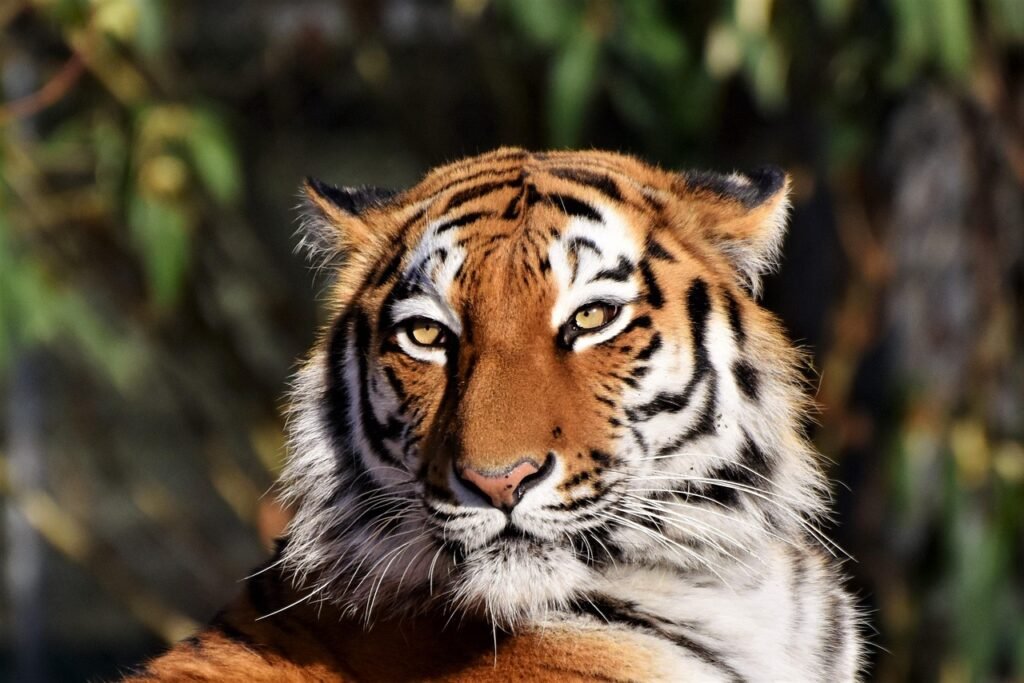
Some big cats also create visual territorial markers by flattening or pressing down earth and vegetation in certain areas. This behavior may be coupled with defecation or urination, creating a multi-layered marker that communicates the presence of a dominant cat. These patches of pressed earth can indicate both dominance and the fact that certain pathways or resources within the territory are actively used.
Method 7: Leaving Prey Remains
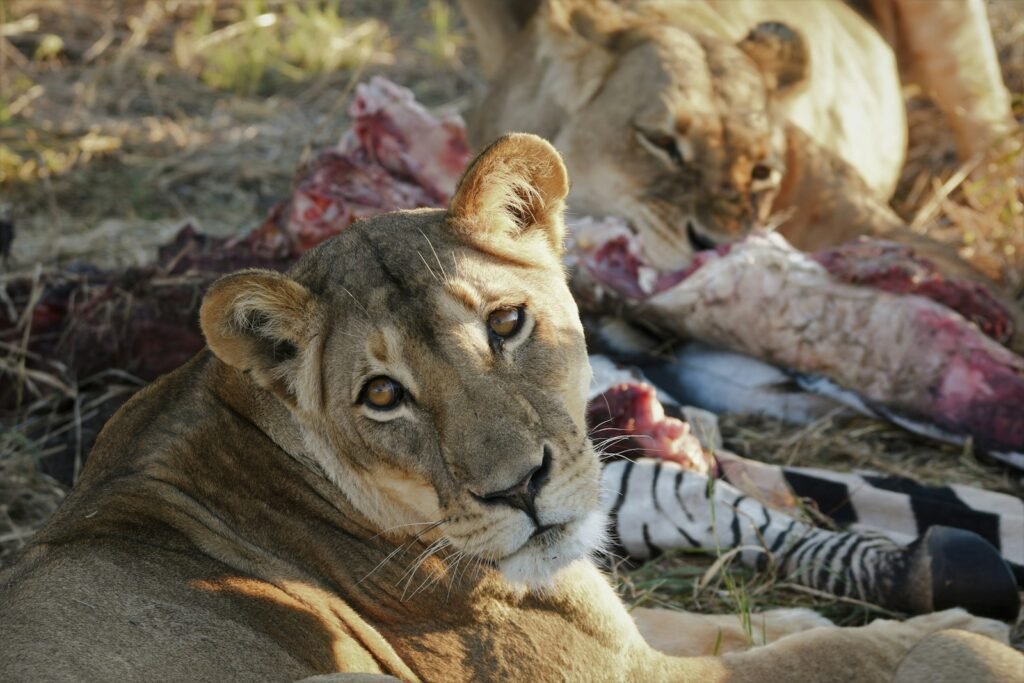
Leaving behind remains of prey is another means by which big cats can mark their territory. The sight and smell of a fresh kill or carcass serve as potent deterrents to other predators or competitors. This not only advertises the hunting prowess of the resident cat but also discourages scavengers or rivals from encroaching on the territory.
The Importance of Territory Marking for Ecosystem Balance

Territory marking is essential for maintaining the delicate balance within ecosystems where big cats live. By clearly defining territorial boundaries, these predators minimize direct confrontations, optimize mating opportunities, and ensure resource availability. Understanding how and why big cats mark their territory provides valuable insights into their behaviors and the roles they play in their environments.

Linnea is a born and bred Swede but spends as much time as possible in Cape Town, South Africa. This is mainly due to Cape Town’s extraordinary scenery, wildlife, and atmosphere (in other words, because Cape Town is heaven on earth.) That being said, Sweden’s majestic forests forever hold a special place in her heart. Linnea spends as much time as she can close to the ocean collecting sea shells or in the park admiring puppies.






